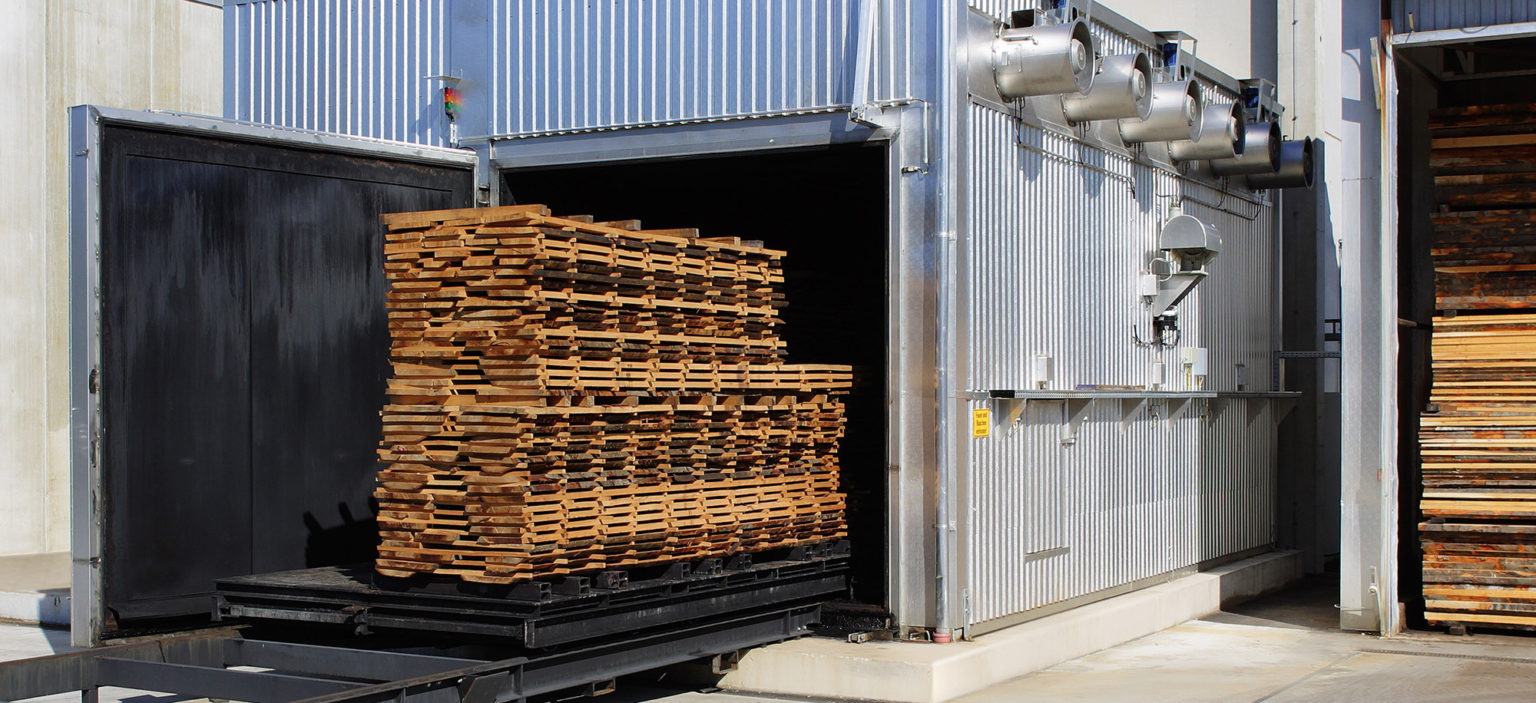
Sustainable ‘vintage’ tone and easy maintenance are affordable with the Organic Collection from Breedlove
Torrefaction. It’s a big word. If you geek out on the guitar magazines, you’ve surely come across its multiple syllables and myriad descriptions at some point along the way.
But what is it?
It’s amazing, that’s what it is.
Torrefaction makes a guitar sound aged, ‘vintage’ even, in a matter of hours, not years. What might take a lifetime now takes half an afternoon. What’s more, the procedure—sometimes called tempering, rectification or even caramelization—helps protect an instrument from the vagaries of the environment, making it easier to care for and less apt to literally change its mind like the weather.
Torrefaction is one of the key factors in Breedlove’s affordable, sustainably sourced, Designed in Bend Organic Collection of superior sounding all solid wood acoustic electric guitars. Pairing torrefied European spruce with native Oregon myrtlewood in the Artista Series and African mahogany in the Signature and Performer lines, makes for a clutch of very special six-strings that sound thirty glorious years old right now.
“Torrefaction,” says Breedlove Operations Manager Miles Benefield, “is accomplished by ‘baking’ the tops at temperatures higher than would normally be used in kiln drying the wood. Since the process is essentially aging the top wood at a much quicker rate, you get that desired “broken-in” sound, but in a brand new instrument. It definitely achieves the ‘woodiness’ associated with much older instruments.”
Torrefaction is used in other industries and is, in fact, not all that different than the technique used to make charcoal, although it’s certainly more tightly monitored for a guitar top than a backyard barbecue! The wood is ‘roasted’ under pressure in an oxygen free atmosphere, prompting, in, essentially, a wink, a profound chemical change. Lignins, sugars, pitches and other volatile elements that would either morph or outgas over decades are reduced, along with any remaining water in the wood.
“It’s much easier to maintain an instrument if its top has undergone torrefaction,” says Benefield. “Once all of the moisture has been removed, the top is much less susceptible to changes in temperature and humidity.
“This is a crucial argument for building acoustics with torrefied wood,” according to Guitar.com. “Since it’s non-hygroscopic, torrefied wood is far less likely to expand or contract, meaning guitars will be less vulnerable to atmospheric conditions and less likely to crack.”
The FSC-certified European spruce used in the Organic Collection is sustainably sourced and individually harvested in the Swiss Alps, with the thermal treatment taking place not far from where the wood is milled. European spruce is one of the world’s great topwoods, known for matching the headroom of Adirondack spruce, but offering a quicker response than Sitka, along with a skosh of cedar’s warmth. Torrefaction amplifies its best qualities, literally and figuratively, giving the pale wood an amber glow and making for a light, sensitive and agile guitar that would normally cost three to four times as much.
“The benefit is absolutely real!” beams Benefield. “Not only are you getting all the tonal and maintenance improvements, but the visual aesthetic of the rich roasted spruce is just beautiful.”
